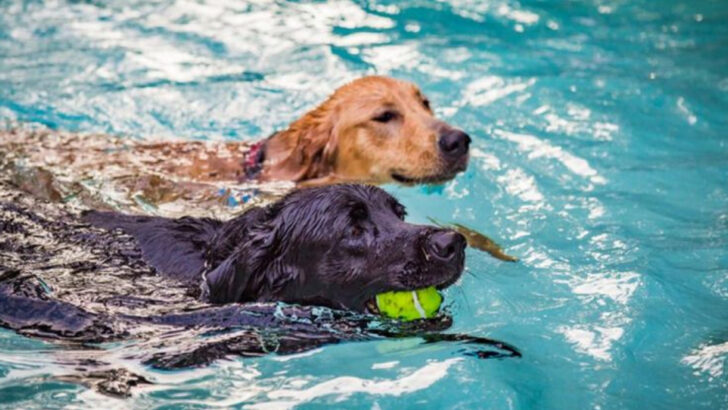Why is my dog suddenly obsessed with the sprinkler? Can they really get sunburned? Do they dream about chasing squirrels? This summer, dog owners aren’t just soaking up the sun—they’re swimming in questions. And when it comes to keeping our four-legged friends happy, healthy, and safe, curiosity is running wild. From heatwaves to fireworks to the weird way your pup stares at your popsicle, we’ve rounded up the 17 biggest questions dog lovers are asking right now. The answers? A perfect mix of science, real-life wisdom, and a whole lot of heart. Let’s dive in—paws first.
Why do dogs love the beach?
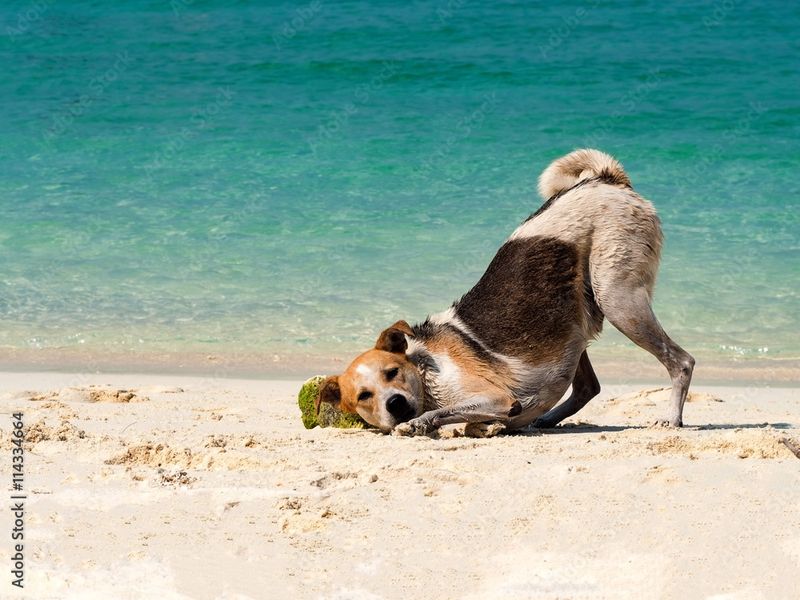
Witnessing a dog frolic on the beach is pure joy. The sensation of sand beneath paws and the thrill of chasing waves seem to ignite a primal happiness.
Dogs are naturally drawn to the beach for its vastness, stimulating scents, and the sensory pleasure of running free. Swimming in the sea offers a wonderful way to cool down on a hot day, providing physical exercise that’s gentle on the joints.
For many breeds, water play is instinctual, echoing their ancestors’ love for aquatic environments. This playful interaction strengthens their bond with us and the natural world.
How to keep dogs cool in the summer heat?
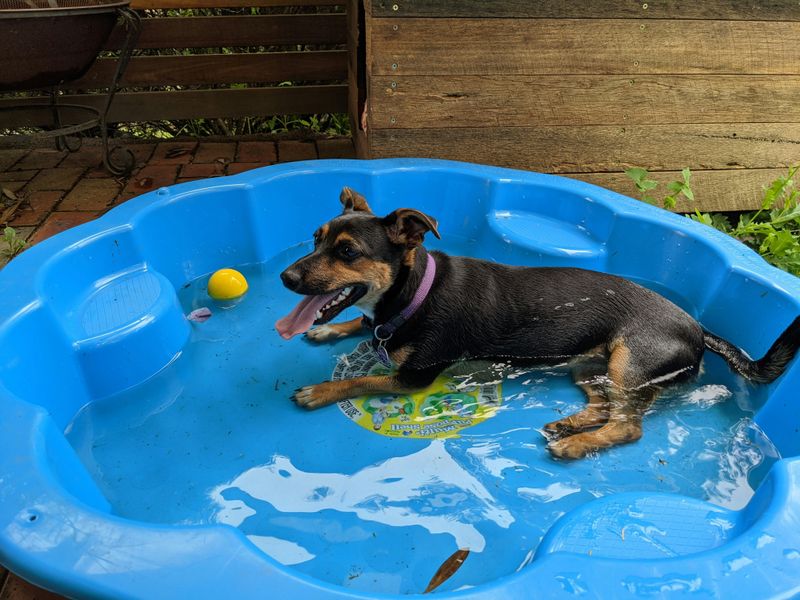
As the mercury rises, keeping your dog cool becomes crucial. Many dogs struggle with heat, which can lead to dehydration or heatstroke.
Ensure they have access to cool, fresh water at all times, and provide shaded areas where they can retreat from the sun. A kiddie pool filled with water can offer hours of splashing fun and relief.
Consider using pet-safe cooling mats or vests, and limit walks to cooler parts of the day. These measures ensure your furry friend remains happy and healthy throughout the sizzling summer months.
What are the best dog-friendly summer activities?

The joy of summer lies in shared adventures with your canine companion. From hiking trails to dog-friendly beaches, the options are endless.
Organize a picnic, where your dog can partake in safe snacks while enjoying the outdoors. Agility courses and fetch games in open spaces provide exercise and mental stimulation.
Exploring local nature trails allows your dog to engage with their environment, while dog parks offer socialization opportunities. Each activity strengthens your bond, catering to both their physical and emotional needs, ensuring an enjoyable summer.
Why do dogs roll in the grass?
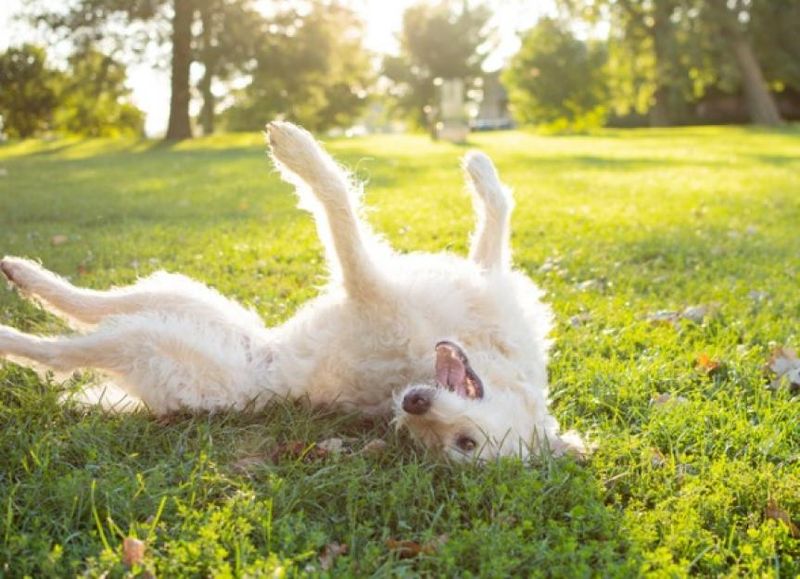
A dog rolling in the grass is a sight often met with amusement or puzzlement. This behavior is rooted in their instinctual need to engage with their environment.
Rolling helps them mark territory with scent or experience different smells, providing sensory pleasure. It can also be a spontaneous expression of joy, akin to a child’s laughter.
For some dogs, rolling in the grass is a soothing activity, offering a way to scratch an itch or simply enjoy the sensation against their fur. It’s a simple joy that connects them to nature.
How to protect dogs from ticks and fleas?
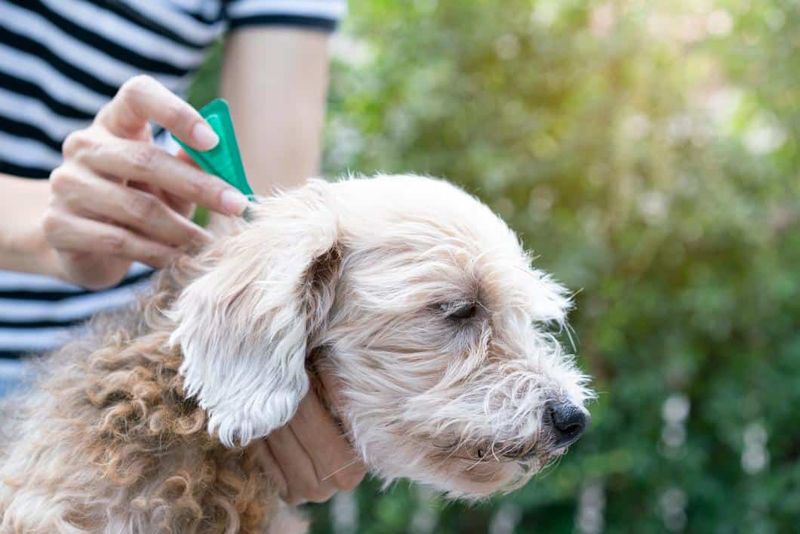
Summertime brings the threat of ticks and fleas, which can cause discomfort and disease in dogs. Prevention is crucial.
Regular grooming helps spot these pests early. Use veterinarian-recommended topical treatments or oral medications to protect your pet.
Keep your yard tidy by trimming grass and bushes, and consider using natural repellents, like diatomaceous earth, in outdoor spaces. Check your dog after walks in wooded or grassy areas to ensure they remain pest-free. These steps safeguard their health, ensuring they remain playful and carefree through the season.
What is the safest way to travel with dogs during vacations?

Traveling with dogs can be a delightful adventure when done safely. Proper preparation ensures a smooth journey.
Use a well-ventilated crate or a dog seatbelt harness to secure your pet during car rides. Frequent breaks allow them to stretch and relieve themselves.
Pack essentials like food, water, and a favorite toy to keep them comfortable. Research dog-friendly accommodations and activities at your destination. Familiar scents, like a blanket from home, can ease anxiety. These precautions make travel enjoyable for you and your furry companion, creating lasting memories.
Why do dogs dig holes in the yard?
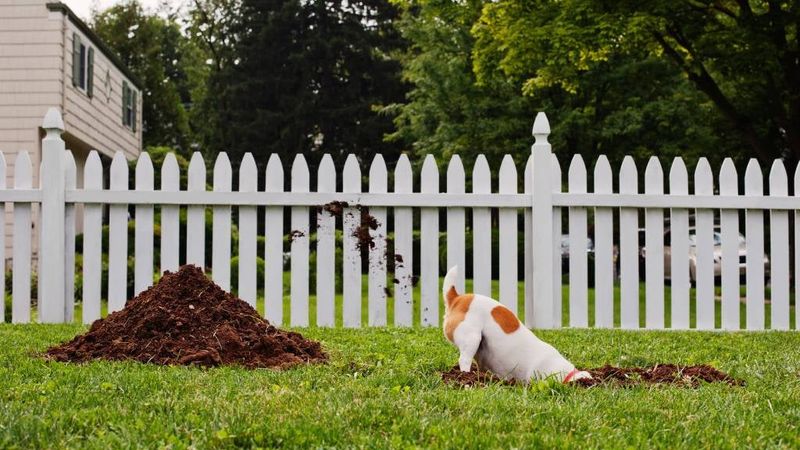
Digging is a natural behavior for many dogs, often leaving owners perplexed and gardens upturned. This instinctual activity serves various purposes.
Some dogs dig to create a cool spot to lie in hot weather, while others seek prey or hidden toys. Digging can also be an outlet for energy or anxiety, especially in high-energy breeds.
Providing designated digging areas or engaging toys can redirect this behavior. Understanding the root of the digging allows for more effective management, keeping both your garden intact and your dog satisfied.
How to manage a dog’s fear of thunderstorms?

When thunder rolls, many dogs experience anxiety, manifesting in trembling or hiding. Addressing this fear requires patience and understanding.
Create a safe, quiet space where your dog feels secure. Use calming music or white noise to mask the storm’s sounds. Offering comfort items, like a favorite blanket or toy, can provide reassurance.
Desensitization techniques, gradually exposing them to recorded storm sounds, may reduce fear over time. Consulting with a veterinarian for anxiety treatments can also be beneficial. This approach nurtures trust and calmness during tempestuous times.
What are the signs of heatstroke in dogs?
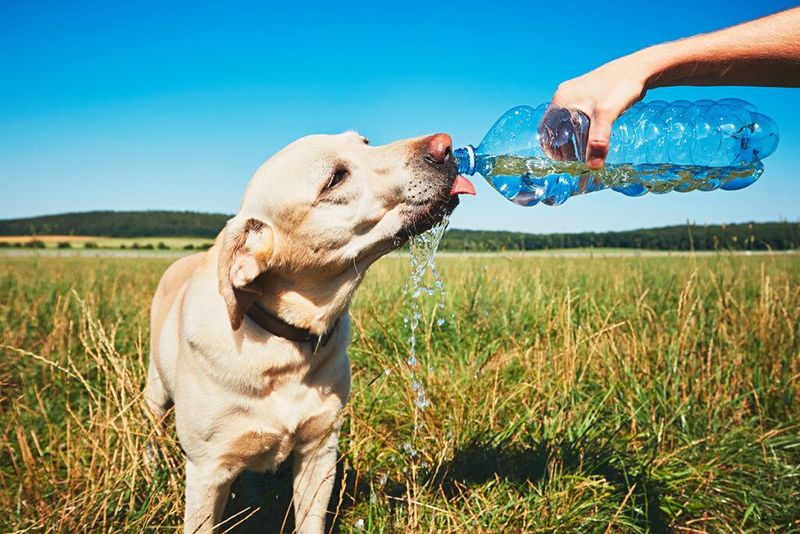
Heatstroke is a serious risk for dogs during summer. Early recognition is key to prevention.
Signs include excessive panting, drooling, red gums, and lethargy. In severe cases, vomiting or unconsciousness may occur. Immediate action is necessary.
Move your dog to a cooler area and offer small amounts of water. Wetting their fur with cool, not cold, water can help lower their body temperature. Always seek veterinary care as soon as possible. Being vigilant during hot weather ensures your pet’s well-being and safety, preventing this life-threatening condition.
How do dogs communicate with humans?
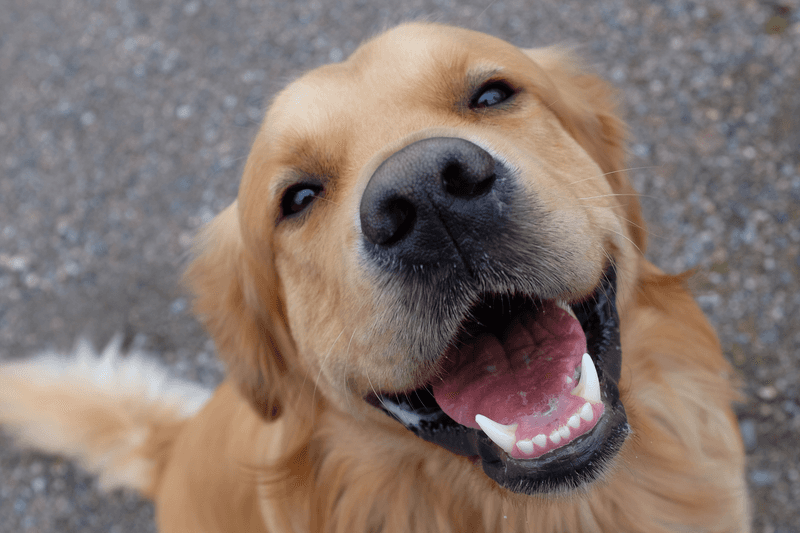
The bond between dogs and humans is profound, enriched by unique communication methods. Dogs use a combination of vocalizations, body language, and facial expressions to convey their feelings.
A wagging tail or a playful bark often signifies happiness, while a lowered body or whimper might indicate fear. Eye contact and head tilts show curiosity or attention.
Understanding these signals fosters a deeper connection, allowing us to respond to their needs effectively. This non-verbal dialogue is a testament to the intuitive bond shared, celebrating the special relationship between species.
Why do dogs chase their tails?
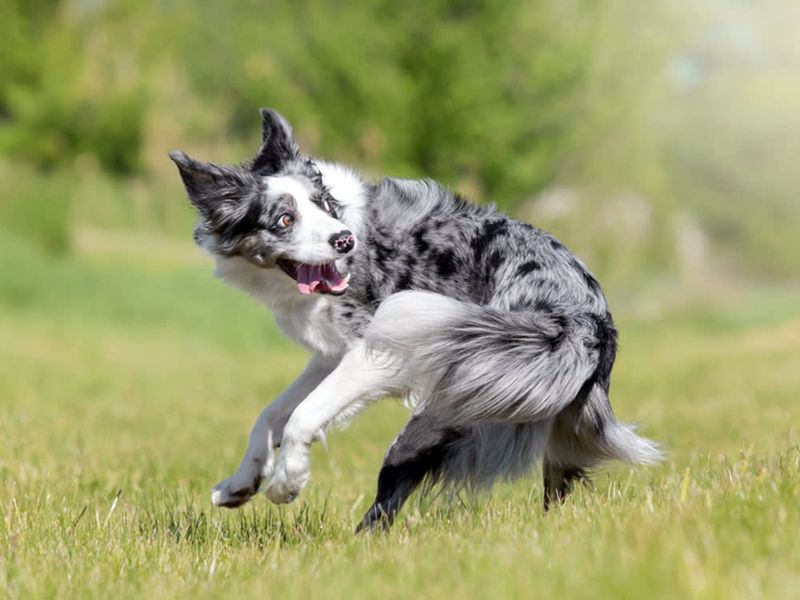
Tail-chasing is a behavior that often amuses spectators but can puzzle dog owners. It is typically a playful act, a way for dogs to entertain themselves.
For puppies, it is part of exploring their bodies. However, excessive tail-chasing can signal boredom or anxiety, indicating a need for more mental stimulation or exercise.
In some cases, it may point to medical issues like allergies or parasites. Monitoring frequency and context helps determine if intervention is needed. This quirky habit offers insight into a dog’s emotional and physical well-being.
How to train a dog to swim safely?
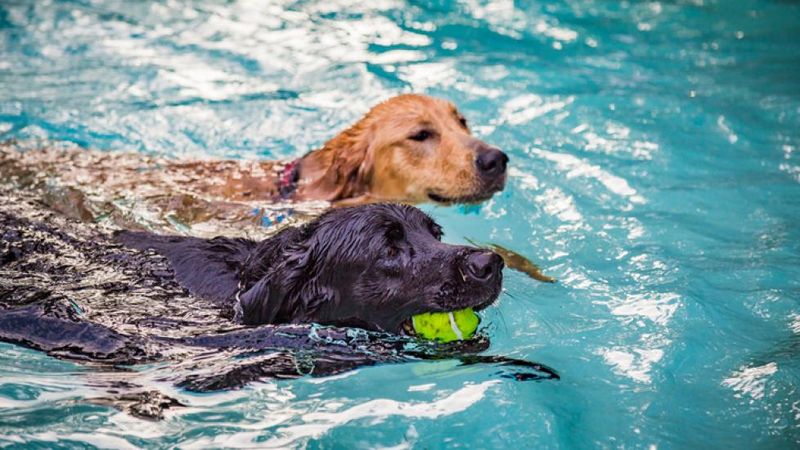
Swimming is a beneficial activity for dogs, but safety is paramount. Begin in shallow water, allowing your dog to become accustomed to the sensation.
Use a flotation device, like a life jacket, to provide support and confidence. Encourage gentle entry and exit from the water, offering praise and treats.
Always supervise your dog, especially in unfamiliar or deep waters. Gradual exposure builds competence and enjoyment, ensuring swimming becomes a favored pastime. This approach nurtures safety and confidence, promoting a positive association with water activities.
Why do some dogs howl at sirens?
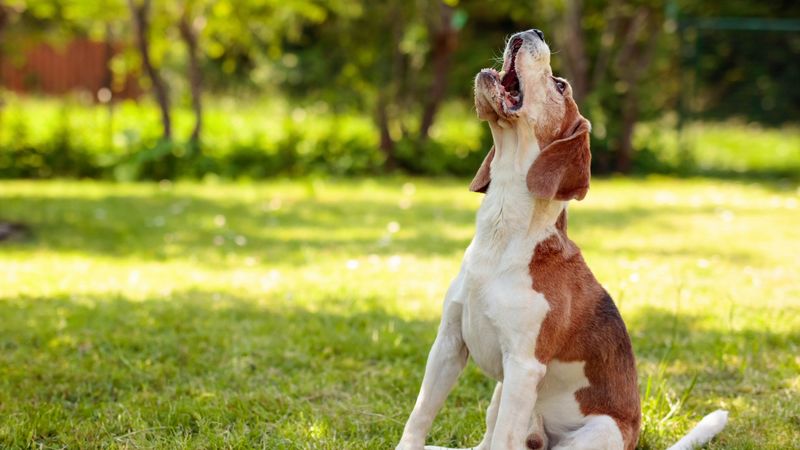
The eerie wail of a siren often prompts dogs to join in with a howl. This reaction is linked to their ancestral communication methods.
Wolves use howling to communicate over long distances, and domestic dogs retain this instinct. Sirens, resembling these calls, trigger a response.
For some dogs, it may be an expression of anxiety or confusion at the unfamiliar sound. Understanding this natural behavior helps owners manage their reactions, offering comfort and reassurance if needed. It’s a fascinating glimpse into the primal instincts that continue to shape canine behavior.
How to deal with a dog that has separation anxiety?

Separation anxiety can be distressing for both dogs and their owners. Addressing this issue involves patience and training.
Gradually increase the time spent apart, starting with short intervals. Provide engaging toys or puzzles to occupy their time.
Desensitize departure cues, like picking up keys, to reduce anxiety. Positive reinforcement for calm behavior is vital. In severe cases, consulting a behaviorist or veterinarian for specialized advice may be necessary. This compassionate approach fosters independence and security, alleviating distress associated with being alone.
Why do dogs eat grass?
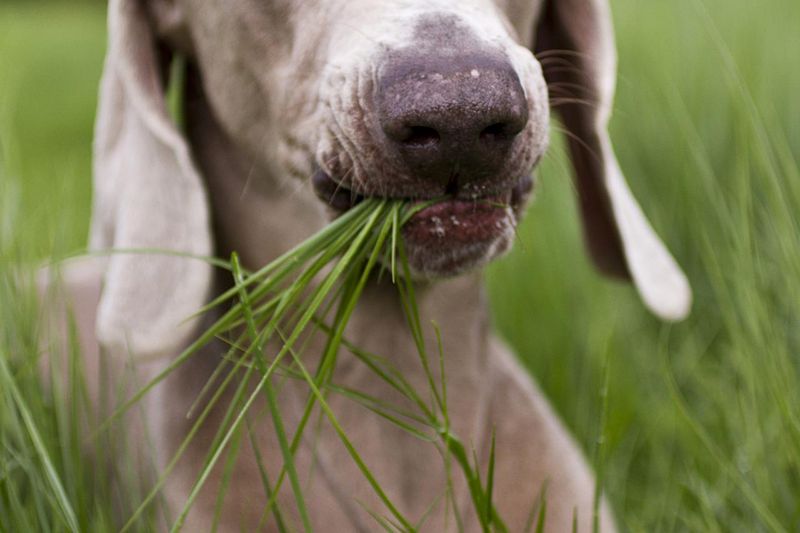
Dogs munching on grass is a common sight, often puzzling to owners. This behavior may serve multiple purposes.
Some dogs eat grass to aid digestion or induce vomiting when feeling unwell. For others, it may be a source of fiber or simply a soothing habit.
Providing a balanced diet and observing any related discomfort can help manage this behavior. If persistent, consulting a vet ensures it isn’t linked to underlying health issues. This natural, albeit curious, habit offers insight into canine health and digestive needs.
How to introduce a new puppy to an older dog?
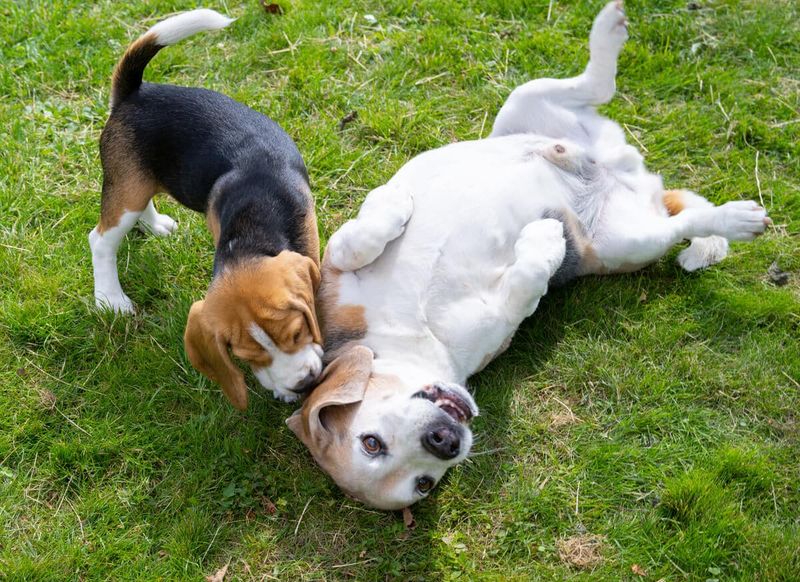
Bringing a new puppy home is exciting but can be challenging for an older dog. A thoughtful introduction is key to harmony.
Start on neutral ground, allowing the dogs to sniff and greet each other without pressure. Monitor body language closely, offering praise for positive interactions.
Gradual introductions, with controlled periods of play, help build a bond. Maintaining routines for the older dog reassures them of their place in the family. This careful approach fosters a peaceful coexistence and friendship between both dogs.
Why Do Dogs Pant So Much in the Summer?

As temperatures rise, you may notice your dog panting more frequently. Panting is a dog’s primary method of cooling down, as they lack sweat glands like humans. This simple act helps regulate their body temperature, especially during those scorching summer days.
Dogs also pant when they’re excited, anxious, or following vigorous exercise. It’s essential to differentiate between normal panting and signs of distress. Rapid, labored panting paired with drooling could indicate heat exhaustion—a condition requiring immediate attention.
Fun fact: certain breeds, such as Bulldogs, are more prone to heat-related issues due to their short snouts. Always ensure access to water and shade.

